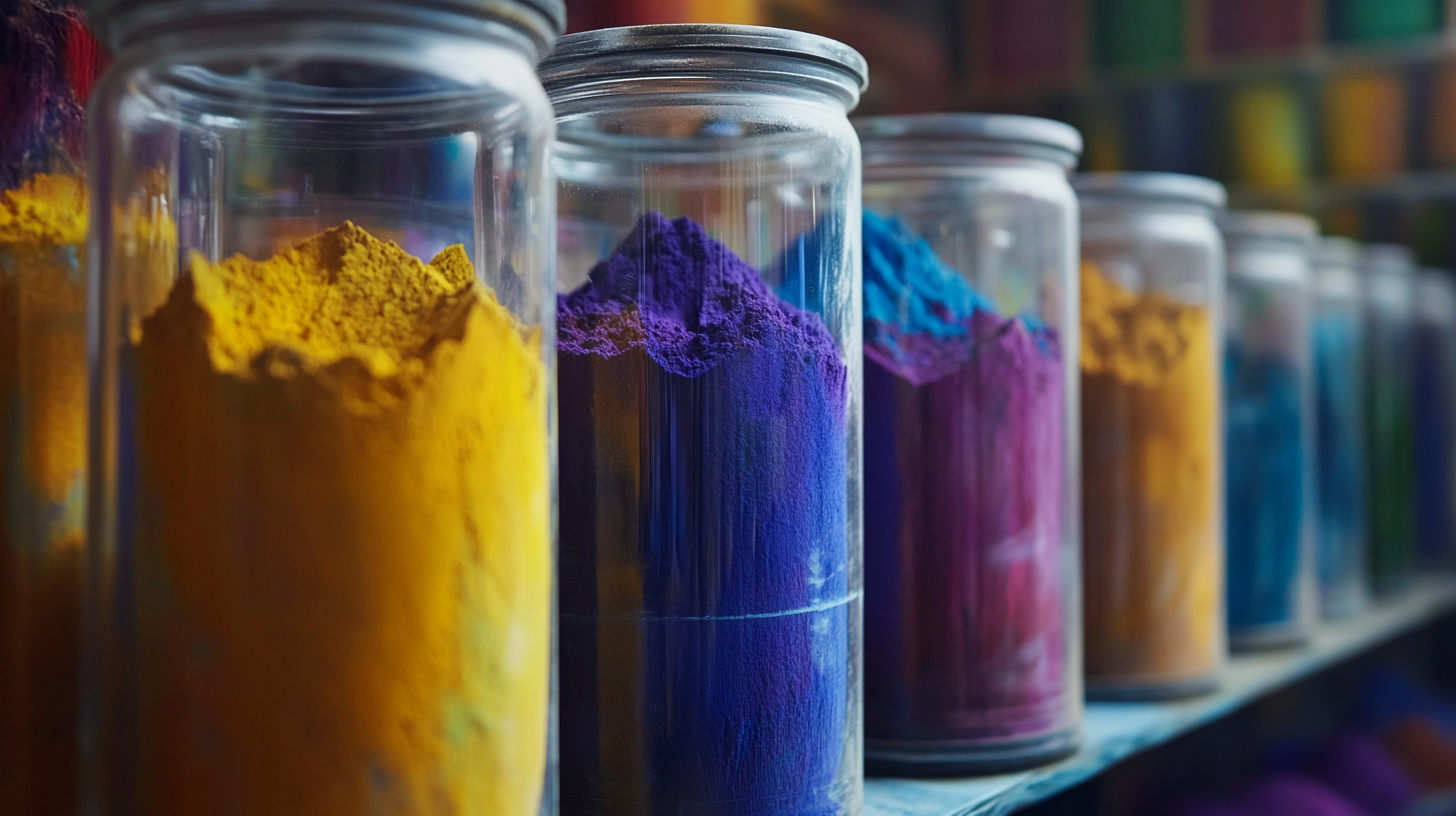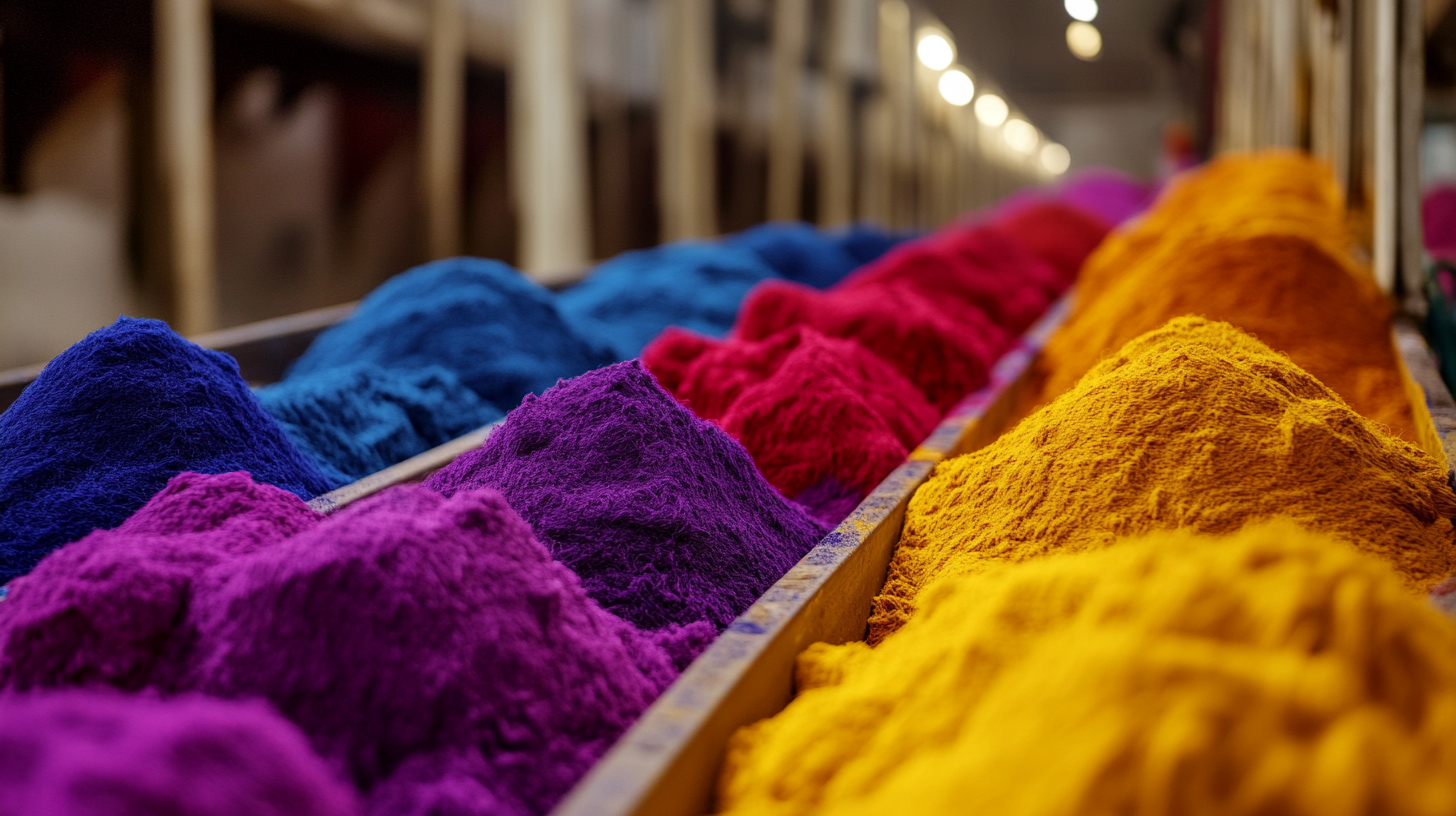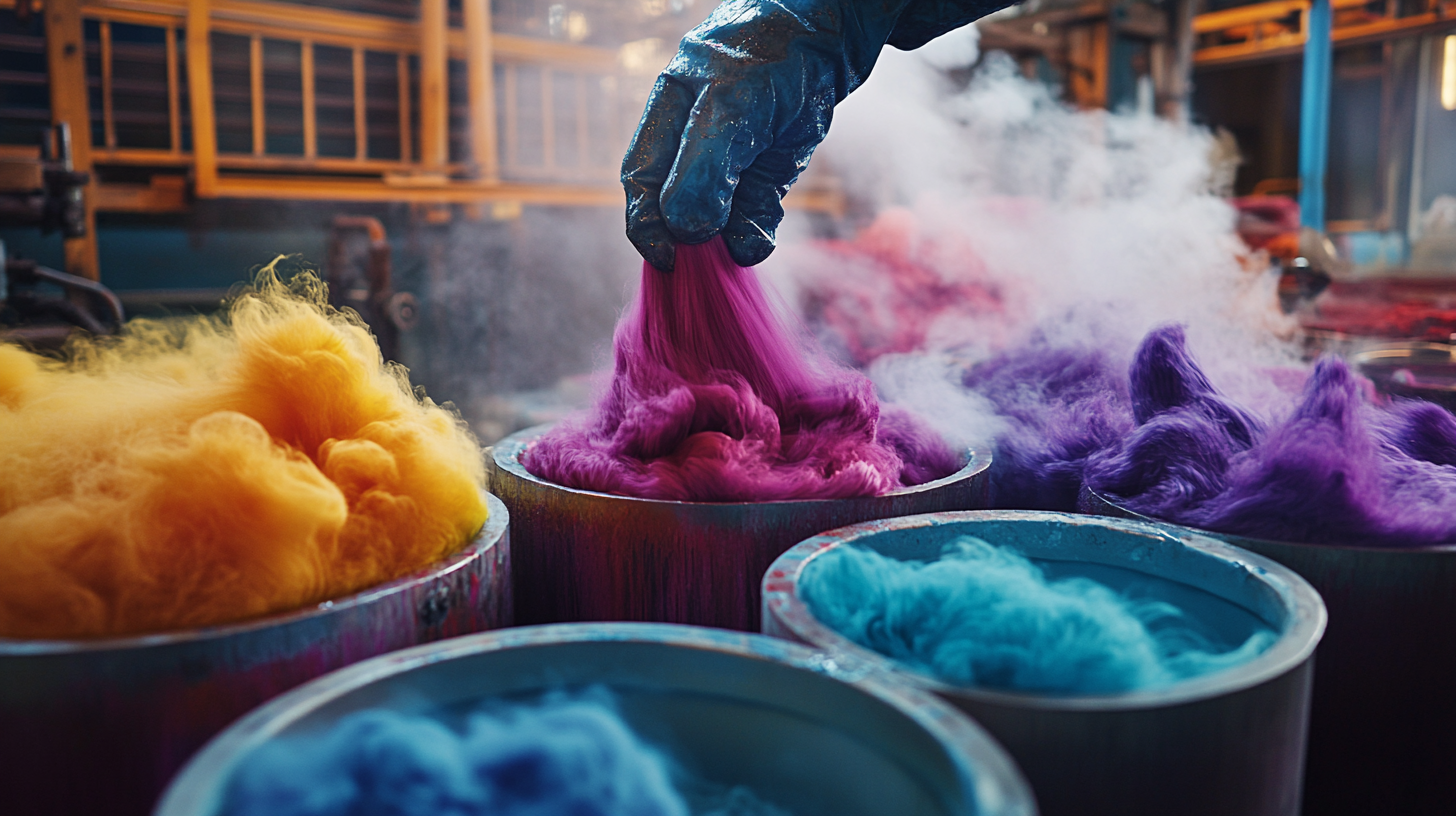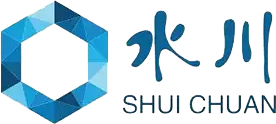In the dynamic realm of textiles, the significance of sulphur dyes is steadily gaining recognition, particularly for their application in achieving deep, vibrant shades with excellent wash fastness. According to a report by Mordor Intelligence, the global sulphur dyes market is projected to grow at a CAGR of 4% from 2021 to 2026, driven by the increasing demand in the apparel and home textiles sectors. These dyes, known for their cost-effectiveness and versatility, present unique challenges and opportunities in global sourcing. As manufacturers and retailers strive to meet sustainability goals and respond to evolving consumer preferences, innovative strategies for sourcing sulphur dyes are becoming paramount. This blog aims to unveil the best sulphur dyes available in the market and explore cutting-edge approaches to enhance your global sourcing experience, all while navigating the complexities of quality, compliance, and environmental impact.

In the realm of global sourcing, particularly in the sulphur dye market, adhering to industry production standards is paramount. These standards not only ensure the quality and safety of dyes but also bolster supply chain efficiency. According to a report by Research and Markets, the global sulphur dyes market is projected to grow at a CAGR of 5.6% from 2021 to 2026, reflecting an increasing demand for high-quality dyes in textiles and other industries. By aligning sourcing practices with recognized industry standards, businesses can enhance product reliability, mitigate risks, and ultimately improve their market position.
Moreover, understanding the regulations and quality benchmarks established by organizations such as the American Association of Textile Chemists and Colorists (AATCC) can significantly impact sourcing decisions. The AATCC’s guidelines recommend specific testing protocols that ensure consistent dye performance across various applications. For example, dye fastness to washing is a critical parameter, with non-compliance potentially leading to significant losses in product quality and customer satisfaction. Consequently, investing in sourcing from suppliers that adhere to these standards not only guarantees compliance but also supports sustainable practices, thus adding value to the global supply chain.
In recent years, the textile industry has witnessed significant advancements in quality control and testing, particularly in the realm of sulphur dyes. As manufacturers seek to enhance their global sourcing experience, it becomes crucial to implement innovative strategies for evaluating dye quality. Compliance with key industry standards, such as AATCC and ISO, serves as a benchmark for ensuring that the dyes not only meet aesthetic requirements but also adhere to safety and environmental regulations.
To effectively assess sulphur dye quality, companies can leverage modern quality control instruments and software that streamline the testing processes. These technological advancements enable detailed analysis of dye properties, ensuring consistency and reliability in textiles. By focusing on critical metrics, such as colorfastness and environmental impact, sourcing teams can make informed decisions that align with both consumer expectations and regulatory demands, ultimately leading to more sustainable practices in the supply chain.

 Sulphur dyes have long been favored in the textile industry for their vibrant colors and affordability. However, the traditional methods of production often raise concerns regarding environmental sustainability. To address these challenges, innovative techniques are emerging that prioritize eco-friendliness while maintaining the efficacy of sulphur dyes. One such approach involves optimizing the dyeing process through the use of closed-loop systems, which minimize water consumption and reduce wastewater generation. Implementing these systems can significantly lessen the environmental footprint of dye production, leading to a more sustainable practice.
Sulphur dyes have long been favored in the textile industry for their vibrant colors and affordability. However, the traditional methods of production often raise concerns regarding environmental sustainability. To address these challenges, innovative techniques are emerging that prioritize eco-friendliness while maintaining the efficacy of sulphur dyes. One such approach involves optimizing the dyeing process through the use of closed-loop systems, which minimize water consumption and reduce wastewater generation. Implementing these systems can significantly lessen the environmental footprint of dye production, leading to a more sustainable practice.
Moreover, advancements in bio-based reduction agents are revolutionizing the way sulphur dyes are processed. By incorporating natural substances, manufacturers can limit the use of harmful chemicals that often accompany conventional dyeing methods. This shift not only improves the ecological impact of dyeing but also aligns with increasingly stringent regulations surrounding chemical usage in many regions. Through these innovative strategies, the textile industry can embrace sustainability without compromising on quality, ensuring that sulphur dyes remain a viable option for global sourcing in a rapidly changing market.
Navigating the world of global sourcing in the dye industry presents numerous challenges, particularly in the realms of regulatory compliance and supply chain risks. Regulatory frameworks vary significantly across countries, with strict guidelines governing the use of sulphonated dyes. Companies must stay informed about the latest changes in legislation to avoid potential penalties or disruptions in their supply chain. Maintaining compliance not only ensures operational stability but also fosters long-term partnerships with suppliers who share a commitment to ethical practices.
Moreover, the complexity of the supply chain for sulphur dyes presents additional vulnerabilities. Fluctuations in raw material availability, geopolitical uncertainties, and transportation disruptions can significantly impact sourcing strategies. To mitigate these risks, companies should adopt innovative strategies such as diversifying their supplier base, leveraging technology for real-time supply chain monitoring, and establishing strong relationships with local suppliers to ensure resilience. By proactively addressing these challenges, businesses can optimize their global sourcing experience while ensuring the highest standards of regulatory compliance.
| Dye Name | Color Fastness | Application Method | Average Price ($/kg) | Regulatory Compliance |
|---|---|---|---|---|
| Sulphur Black 1 | Good | Dyeing | 6.50 | REACH, US EPA |
| Sulphur Yellow G | Excellent | Printing | 5.25 | OEKO-TEX, GOTS |
| Sulphur Blue 15 | Very Good | Dyeing | 7.10 | REACH, US EPA |
| Sulphur Red 3 | Fair | Dyeing | 4.80 | OEKO-TEX |
| Sulphur Green 3 | Good | Dyeing | 5.90 | REACH, GOTS |
The future of sulphur dye manufacturing is increasingly tied to automation and eco-friendly processes, reflecting the industry's response to both market demands and environmental concerns. Recent reports from the International Textile and Apparel Association indicate that automation in dye manufacturing can enhance productivity by up to 30%, while also significantly reducing labor costs. As companies integrate advanced technologies, they can achieve higher consistency in dye quality and faster turnaround times, ultimately enhancing customer satisfaction.
Moreover, the shift towards sustainable practices is gaining momentum. According to a study by the Global Textile Association, 62% of consumers are now more inclined to purchase products made using environmentally friendly processes. This shift is prompting manufacturers to adopt dyes that minimize water use and reduce chemical runoff. Innovations such as closed-loop systems and biodegradable sulphur dyes are becoming more prevalent, showcasing an industry commitment to sustainability. With the convergence of automation and eco-innovation, the future of sulphur dye manufacturing is poised for a transformative leap that aligns with global sustainability goals while meeting the evolving expectations of consumers and brands alike.
